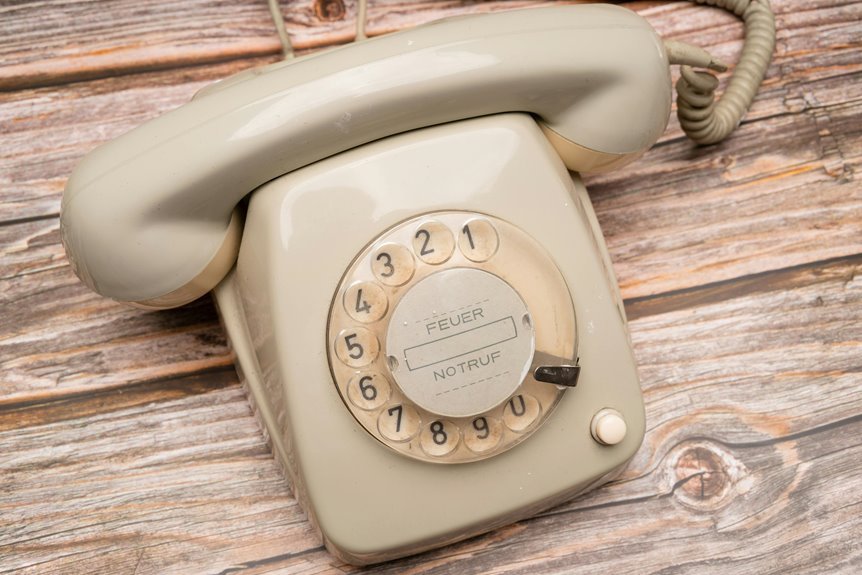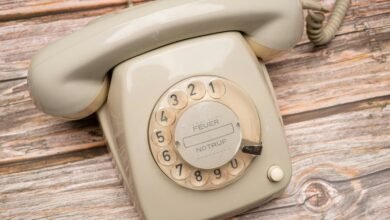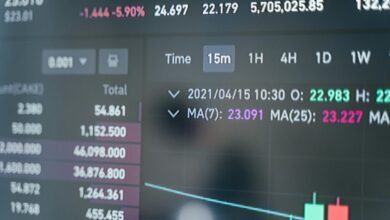The phone number 1332647999 presents an intriguing case for analysis. Understanding its structure and potential origins is essential for identifying the caller. Various tools and methods exist for tracing such numbers, each with distinct advantages. Moreover, individuals must consider effective strategies to protect themselves from unwanted communications. The nuances of these processes reveal much about the modern telecommunications landscape and how users can navigate it. What insights might emerge from further exploration?
Understanding the Structure of the Phone Number
The structure of a phone number is a systematic arrangement of digits that serves both functional and regulatory purposes.
Phone number formats typically include an area code, which signifies geographical regions and facilitates call routing.
This area code significance enhances communication efficiency, while also providing users with a sense of freedom in managing their connections.
Understanding these elements is essential for effective telecommunications navigation.
Identifying the Caller: Potential Sources
While recognizing the identity of a caller can enhance communication security and efficiency, various sources contribute to this identification process.
Call origins can be traced through databases and telecommunication records, allowing for accurate caller identification. Additionally, social media platforms and public records may reveal pertinent information.
Understanding these potential sources empowers individuals to make informed decisions about accepting or rejecting incoming calls.
Tools and Methods for Tracing Unknown Numbers
When individuals encounter unknown numbers, a variety of tools and methods are available to trace these calls effectively.
Reverse lookup services enable users to input a phone number and receive information about the caller.
Additionally, call tracing techniques employed by telecommunications providers can identify the source of calls, providing clarity and empowering users to make informed decisions regarding their communications.
How to Protect Yourself From Unwanted Calls
To mitigate the frequency of unwanted calls, individuals can adopt several proactive strategies that leverage both technology and personal behavior modifications.
Utilizing call blocking apps is essential; these tools effectively filter unwanted communications.
Additionally, adjusting privacy settings on smartphones can prevent unauthorized access to personal information, thereby reducing the likelihood of intrusive calls.
Such measures empower individuals to reclaim control over their communication environment.
Conclusion
In an age where connectivity is paramount, the journey of the phone number 1332647999 illustrates the intricate web of communication and the shared experiences of countless individuals. As users navigate the complexities of tracing calls, they often uncover not just the identity of a caller, but a connection to a broader narrative of safety and awareness. Coincidentally, each call serves as a reminder of the delicate balance between reaching out and protecting oneself from the unknown.




